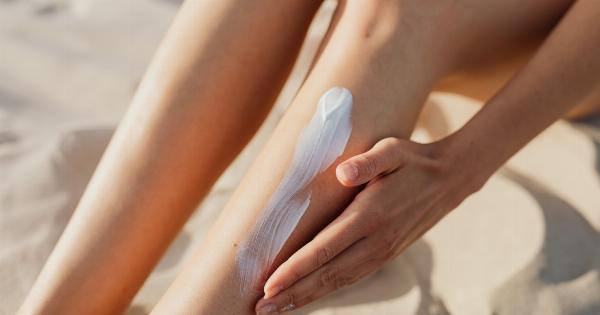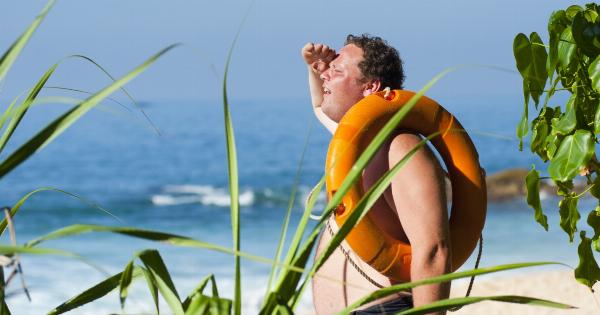Summer is a time for fun and relaxation, but it can also be a time for misinformation. From sunscreen to swimming, there are a lot of rumors and myths floating around about how to stay healthy during the hottest months of the year.
Here are 10 common summer health myths that are actually false.
Myth #1: You Don’t Need Sunscreen on Cloudy Days
One of the biggest summer health myths is that you don’t need to wear sunscreen on cloudy days. However, up to 80% of the sun’s harmful UV rays can still penetrate through clouds.
Therefore, it’s important to wear sunscreen every day, regardless of the weather.
Myth #2: Swimming After Eating Causes Cramps
You may have heard that you should wait at least an hour after eating before swimming, but this myth has been debunked.
While it’s true that your body uses more blood flow to digest food, leading to less available oxygen for muscles, it’s unlikely to cause cramps. Instead, it’s a good idea to wait a few minutes before jumping into the water to let your body adjust.
Myth #3: Drinking Beer Can Help You Stay Hydrated
Beer and other alcoholic beverages can actually make you more dehydrated, since they are diuretics that stimulate the kidneys to produce more urine.
Instead of reaching for a cold brew on a hot day, opt for water or sports drinks with electrolytes to stay hydrated.
Myth #4: Tanning Beds are Safer than the Sun
Tanning beds emit UV rays just like the sun, and can actually be more dangerous. According to the American Academy of Dermatology, using a tanning bed before age 35 increases your risk of melanoma, the deadliest form of skin cancer, by 59%.
It’s best to avoid tanning beds altogether and protect your skin with sunscreen.
Myth #5: All Mosquitoes Carry Disease
While it’s true that mosquitoes can transmit diseases like West Nile and Zika virus, not all mosquitoes carry these diseases. In fact, only certain species of mosquitoes are capable of transmitting specific diseases.
However, it’s still important to take steps to protect yourself from mosquito bites, such as using mosquito repellent and wearing long sleeves and pants in wooded areas.
Myth #6: Sunburns Only Happen in the Summer
While the risk of sunburn is higher in the summer, it’s possible to get sunburned at any time of year. UV rays are still present even on cloudy or cooler days, and can reflect off surfaces like snow and water.
It’s important to wear sunscreen and protective clothing year-round to avoid sun damage.
Myth #7: Drinking Lots of Water Can Prevent Heat Stroke
While staying hydrated is important in hot weather, drinking lots of water does not necessarily prevent heat stroke.
Heat stroke occurs when the body’s internal temperature rises too high, and can be caused by a combination of factors like heat and humidity. It’s important to take breaks in the shade, use fans or air conditioning, and avoid strenuous activity during peak heat times to prevent heat stroke.
Myth #8: You Can’t Get Sunburned Through Glass
While glass blocks some UV rays, it doesn’t completely protect you from sunburn. UV rays can still penetrate through glass, especially if it’s not UV-resistant.
This means you can still get sunburned while sitting inside near a window, so it’s important to wear sunscreen and protective clothing indoors as well as outdoors.
Myth #9: Melanoma Only Affects People with Fair Skin
While people with fair skin are more at risk for melanoma, it can affect people of all skin types. In fact, melanoma can be deadlier in people with darker skin tones, since it’s often detected at a later stage.
It’s important for everyone to protect their skin from the sun and to regularly check for any unusual moles or spots.
Myth #10: You Only Need to Apply Sunscreen Once a Day
While some sunscreens claim to be “all day” or “waterproof,” they still need to be reapplied throughout the day. Sweat, water, and rubbing can all wear away sunscreen, leaving your skin vulnerable to damage.
It’s important to reapply sunscreen every two hours or after swimming or sweating to ensure maximum protection.





























